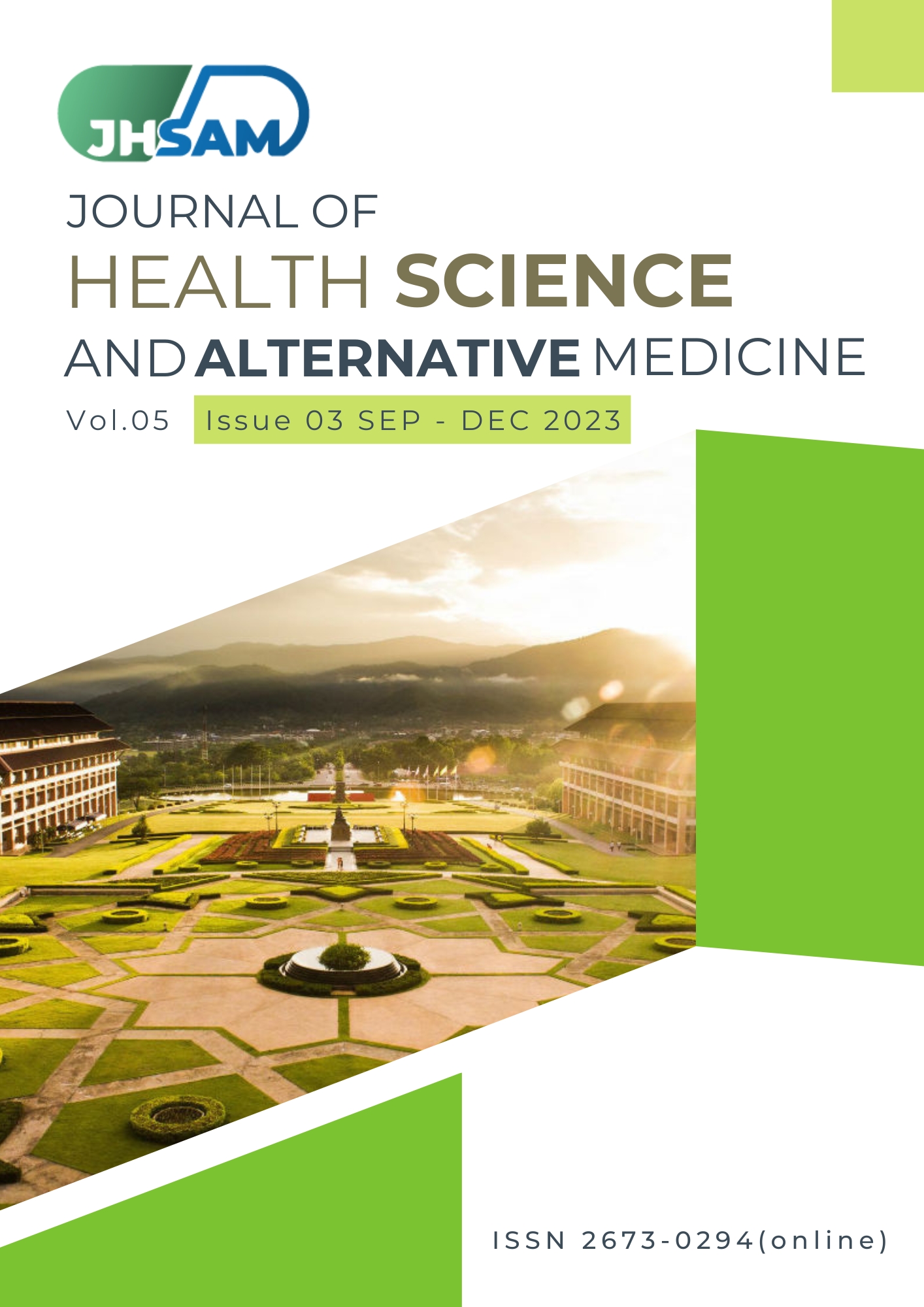Evaluative Discourse on Noseclip Utilization in Spirometric Assessments: An Extensive Review
Main Article Content
Abstract
This review critically examines the use of noseclips in spirometry, a key diagnostic tool in respiratory medicine. While noseclips are commonly employed to prevent nasal breathing and theoretically enhance the accuracy of spirometric measurements such as Forced Vital Capacity (FVC) and Forced Expiratory Volume in one second (FEV1), their actual efficacy is debated. Analyzing a range of studies, the review reveals that the impact of noseclips varies across populations, with no significant changes observed in spirometric values in many cases, while others note an improvement in detecting conditions like exercise-induced bronchoconstriction, particularly in children. The review also highlights patient comfort concerns. Discomfort from noseclips can potentially influence patient cooperation and test accuracy. Technical considerations further complicate the picture; improper fitting of noseclips may alter natural breathing patterns, affecting results. In summary, this article presents a divided consensus on the effectiveness of noseclips. While some studies advocate their use, especially in specific clinical or research settings, others question their necessity, citing the negligible impact on spirometric outcomes and potential patient discomfort. The evidence suggests the need for further nuanced research, including exploring non-invasive spirometric techniques, to establish a more standardized approach to spirometry. Understanding the specific scenarios where noseclips are beneficial is crucial for improving respiratory diagnostics and patient care.
Article Details

This work is licensed under a Creative Commons Attribution-NonCommercial-NoDerivatives 4.0 International License.
JHSAM publishes all articles in full open access, meaning unlimited use and reuse of articles with appropriate credit to the authors.
All our articles are published under a Creative Commons "CC-BY-NC-ND 4.0". License which permits use, distribution and reproduction in any medium,
provided that the original work is properly cited and is used for noncommercial purposes.
References
Graham BL, Steenbruggen I, Miller MR, Barjaktarevic IZ, Cooper BG, Hall GL, et al. Standardization of spirometry 2019 update: an Official American Thoracic Society and European Respiratory Society Technical Statement. Am J Respir Crit Care Med. 2019;200(8):e70-e88.
Miller MR, Hankinson J, Brusasco V, Burgos F, Casaburi R, Coates A, et al. Standardisation of spirometry. Eur Respir J. 2005;26(2):319-338.
Verrall AB, Julian JA, Muir DC, Haines AT. Use of noseclips in pulmonary function tests. J Occup Med. 1989;31(1):29-31.
Spivak I, Gut G, Hanna M, Gur M, Shallufi G, Ben-David Y, et al. The effect of nose clip on exercise-induced bronchoconstriction in adolescents. Pediatr Pulmonol. 2023;58(9):2647-2655.
Sipoli L, Martinez L, Donária L, Probst VS, Moreira GL, Pitta F. Spirometry in healthy subjects: do technical details of the test procedure affect the results?. PLoSOne. 2014;9(9):e107782.
Carter E. Noseclips in children performing spirometry. European Respiratory Journal. 2003; 22: 1046
Raghu S, Gollamudi P,Gopichand N,Venkatarao M, Kissinger KV, Nayak Mudavath. A study on computerized spirometry relevance with and without Nose Clip. IOSR Journal of Dental and Medical Sciences. 2018;17(6):87-89
Agarwal D, Gupta PP, Sood S, Gupta KB. Significance of noseclips during spirometric maneuver in patients with COPD. J Assoc Physicians India. 2006;54:251-252.
Newall C, McCauley TM, Shakespeare J, Cooper BG. Is it necessary to use a noseclip in the performance of spirometry using a wedge bellows device?. Chron Respir Dis. 2007;4(1):53-57.
Perez W, Tobin MJ. Separation of factors responsible for change in breathing pattern induced by instrumentation. J Appl Physiol. 1985;59(5):1515-1520.
Rodenstein DO, Mercenier C, Stănescu DC. Influence of the respiratory route on the resting breathing pattern in humans. Am Rev Respir Dis. 1985;131(1):163-166.
Rodenstein DO, Stănescu DC. Soft palate and oronasal breathing in humans. J Appl Physiol Respir Environ Exerc Physiol. 1984;57(3):651-657.
MacBean V, Hughes C, Nicol G, Reilly CC, Rafferty GF. Measurement of neural respiratory drive via parasternal intercostal electromyography in healthy adult subjects. Physiol Meas. 2016;37(11):2050-2063.
Chavasse R, Johnson P, Francis J, Balfour-Lynn I, Rosenthal M, Bush A. To clip or not to clip? Noseclips for spirometry. Eur Respir J. 2003;21(5):876-878.
Jöbsis Q, Schellekens SL, Kroesbergen A, Hop WC, de Jongste JC. Off-line sampling of exhaled air for nitric oxide measurement in children: methodological aspects. Eur Respir J. 2001;17(5):898-903.
Ayoub J, Cohendy R, Dauzat M, Targhetta R, De la Coussaye JE, Bourgeois JM, et al. Non-invasive quantification of diaphragm kinetics using m-mode sonography. Can J Anaesth. 1997;44(7):739-744.
Drummond GB. Effect of apparatus on functional residual capacity. Br J Anaesth. 1996;76(4):560-562.
Morrison DA, Collins M, Stovall JR, Friefeld G. Reduced exercise capacity of chronic obstructive pulmonary disease patients exercising with noseclip/mouthpiece. Am J Cardiol. 1989;64(18):1180-1184.
Liu C, Yang Y, Tsow F, Shao D, Tao N. Noncontact spirometry with a webcam. J Biomed Opt. 2017;22(5):57002.
Larcombe T, Connett G, Legg J. Use of nose clips for routine spirometry helps maximise forced expiratory outcome measures in cystic fibrosis clinics. Journal of Cystic Fibrosis. 2023;22(2):S125


